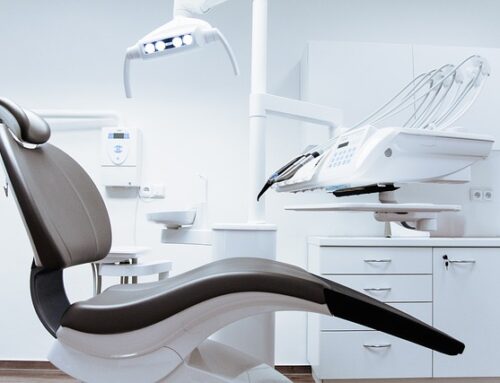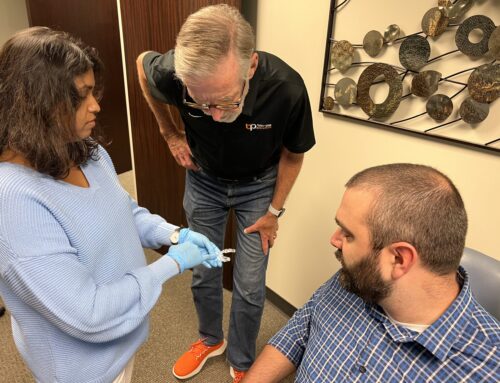Orofacial pain involves the chewing muscles or temporomandibular joint (TMJ). Problems associate with orofacial pain may include TMJ discomfort, muscle spasms in the head, neck and jaw, migraines, cluster or frequent headaches; or pain with the teeth, face or jaw.

Each day a person swallows approximately 2,000 times. When you swallow, it causes the upper and lower teeth to come together and push against the skull. Patients who have an unstable bite, missing teeth or poorly aligned teeth can have trouble because the muscles are working harder to bring the teeth together, causing strain and pain. When a patient experiences pain, it can also be caused by clenching or grinding teeth, trauma to the head and neck, or poor ergonomics.
Treating Orofacial Pain
As a dentist, you can offer your patients a variety of treatments that can help alleviate a patient’s orofacial pain. One treatment option is an oral appliance, which might also be called an orthotic, or splint. An oral appliance is worn over the teeth until the bite can be stabilized. However, permanent correction may require reshaping teeth, building crowns, orthodontics or a permanent appliance for the mouth. Another option may be physical therapy, counseling, relaxation training or massage therapy.
Some other ways to alleviate pain might include:
- Place an ice pack on the painful area for 10 minutes at a time, 3 or 4 times a day
- Eat softer foods
- Avoid chewing gum and ice
- Cut food into smaller pieces
- Keep upper and lower teeth slightly apart at rest by keeping your tongue between your teeth
- Sleep on your back
- Don’t rest your hand on your chin
Dentists play a key role in treating orofacial pain so that patients can live pain free once again. To learn more about how you can help relieve your patients’ pain, contact us today!





